Why The Mandalorian Makes Sense in a World That Masks Creedal Religion
I was dismayed when Din Djarin allowed his helmet to be removed in the final episode of The Mandalorian season 1. This was the Mandalorian’s whole deal: we never saw his face. I felt the creators had capitulated to fanservice instead of pursuing the telling of a great tale. When the next season rolled out and Din Djarin removed his helmet twice—once to save Grogu and later to reassure him—I was even more bothered, because the season one face reveal made even less sense.
I hopped on Discord to complain amongst other nerdy, writerly, artsy types, and I found I was not alone. One internet acquaintance said of the season one reveal, “As a religious woman, I was disconcerted. As an actress, I was disappointed.”
At its core, The Mandalorian is a religious story.1 A man strives to live in accordance with “the Way” in a world that does not support such a life. Then he violates this Way—albeit for good reason—and desperately seeks redemption. His path to redemption is the subject of season 3.
This article openly discusses The Mandalorian season 3 plot spoilers.
The Mandalorians—a people unmoored from shared identity
Despite banal and expected episode titles like “The Heiress,” “The Gunslinger,” and “The Jedi,” The Mandalorian’s episode titles often rely on heavy religious concepts to make sense. “The Sin,” “The Apostate,” and “The Believer” are just a few. Appeals to religious ideas in a show like The Mandalorian might seem odd for a culture that is becoming increasingly irreligious. But part of the religious equation still makes sense even today—the creedal element, and what a creed means for a community.
Talk of the Mandalorian Creed abounds in the show, yet the actual text laying out the Way of the Mand’alor remains elusive. We hear it only in bits and pieces. Mandalorians live this creed more than they speak about it.
As we’d expect with such a system, some Mandalorians think they embody the Creed better than others. And this is the central conflict of the show: the clashes between who gets to claim the title of Mandalorian.
When Din Djarin seeks other Mandalorians, he asks if people have seen anyone who “looks like” him, meaning others who wear helmets and beskar armor. The identification is visible and outward. It doesn’t matter who you are under the armor. The armor signifies one’s acceptance of the Creed. If you violate the armor, you violate the Creed.
On the other hand, Bo-Katan, Din Djarin’s antagonist-turned-comrade, introduces herself as “Bo-Katan of Clan Kryze. I was born on Mandalore and fought in the Purge. I am the last of my line.”2 She removes her helmet at will and without consternation. To her, the armor is only a trapping, a symbol of Mandalore. You, yourself, are either Mandalorian or you are not.
In this galaxy far, far away, those who consider themselves Mandalorian face an identity crisis. They are a people adrift. Without a collective abiding place, they’ve carved out secretive enclaves and pursued arguably unholy missions. And in the absence of a solid identification of home, culture, and community, discord flourishes. Each group claims an expression of the Way as fundamental to Mandalorian existence. This forces the question: is reconciliation possible between disparate groups? Can Din Djarin’s strict Children of the Watch and people like Bo-Katan, who seemingly shirk parts of the Way, find a path to unity?
The Armorer insists on recruiting Bo-Katan
In “Chapter 12: The Siege,” Din Djarin finds himself helmet-to-face with Bo-Katan Kryze. She dismisses him as a member of a “zealous cult that broke away from Mandalorian society” and “sought to restore the ancient Way of the Mandalore.”
What we, the fans, had come to consider the norm is challenged as extremism. Now we face a conflict of narratives: Whose version of the religion (whose denomination) is correct? Is it the seemingly extremist version? The version in which the Armorer tells Din Djarin he won’t be re-accepted as Mandalorian unless he travels to the ravaged and allegedly inaccessible planet of Mandalore, bathes in the Living Waters, and brings back proof that he has done so?
Desperate for redemption, Din Djarin does just that, finding that the planet is not as uninhabitable as they’d been led to believe. Bo-Katan joins him as well, sneering about the legend of the Mythosaur and the supposed power of baptism in the pool beneath the mines of Mandalore.
“I think it’s adorable that you actually believe these children’s stories. But there is nothing magic about the waters,” she tells Din.
When Bo-Katan accepted the Creed as a child, “the rituals were all just theater” for her family’s subjects. “They loved watching the princess recite the Mandalorian tenets as her father looked on proudly.”
Bo-Katan’s dismissiveness contrasts with Din’s devotion. “I swear on my name and the names of the ancestors that I shall walk the Way of the Mand’alor,” Din recites. He bathes in the Living Waters, and Bo-Katan is dragged in with him.
When Din returns to his community, the Armorer re-accepts him as Mandalorian and insists that Bo-Katan is now also included as a Mandalorian. While Bo-Katan dove into the Living Waters only to save Din, she got no less wet than he did. And according to the Armorer’s interpretation of the Creed, it is the descent into water that redeems an apostate, not the posture of one’s heart.
Finding our place in creedal community
Without the Creed, what are we? What do we stand for? Our people are scattered like stars in the galaxy. The Creed is how we survived.
—Din Djarin3
The word creed comes from the Latin credo, meaning “I believe.” It originated with uniquely Christian usage, but became a staple in numerous faith traditions starting around the 17th century. In his first letter to Timothy, Paul refers to a “common confession,”4 using a Greek term to describe something that was agreed upon “by consent of all, confessedly, without controversy.”5
Early Christians lived in a developing creedal framework. They fought over who was in their group and over what beliefs should be in the fledgling Christian creed.
Similar battles play out in The Mandalorian. In “Chapter 22: Guns for Hire,” we find that Bo-Katan’s old helmet-aversive crew has become a profiteering, galactic muscle gang, willing to capture whoever and defend whatever for the right price.
“I thought Mandalorians were honorable,” says one of their unfortunate, love-doomed captives.
“We are, kid,” Koska Reeves says. “All it takes is a few credits.”
We can identify with these creedal struggles. At heart, we are creedal beings. We want to know where we stand and where our neighbors and coworkers stand. Creeds bring pockets of unity to a divided world.
Patriotism, for example, is an unspoken creed—patriots versus everybody else. This looks different in every country. What citizens do and say, what they believe, and how they act determines whether we consider them patriotic. But we can’t all be patriotic; patriotism has boundaries. Some say burning a flag or criticizing the military is unpatriotic. But others would say burning a flag to protest excessive military action is a brave and highly patriotic act. It all comes down to the lines we draw around our communities and our creeds.
We live amid an ongoing social identification crisis, especially in the West. A breakdown in religious belief and an increasingly fractured cultural landscape has led to waves of internet labels, political subcategories, irreligious designators, gender and sexual identities, and trauma-based descriptors. No one knows quite where they belong. But everyone wants to belong. We are always trying to draw boundaries, to say I belong with these people and they belong with me.
This is why The Mandalorian makes sense. This show’s thematic clashes resonate with our deep desire for community, our desire to belong. For millennia, people have found this impulse satisfied by creedal religion.
Days after insisting that Bo-Katan is just as Mandalorian as the rest of the Children of the Watch, the Armorer orders her to remove her helmet. Bo-Katan hesitates. She has just been accepted into the community. But the Armorer insists.
“We must walk the Way together,” she says. “All Mandalorians.” Presumably she includes those who do not follow the stricter ways of her own tribe. Bo-Katan’s great commission is to gather these outsiders under a single banner. For her, this is the Way—building creedal community out of scattered people in a shattered world.
- Explore The Mandalorian is a Religious Fundamentalist, and Here’s Why That’s Awesome, Josiah DeGraaf at Lorehaven, Feb. 11, 2021. ↩
- The Mandalorian: “Chapter 11: The Heiress.” ↩
- The Mandalorian: “Chapter 18: The Mines of Mandalore.” ↩
- 1 Timothy 3:16, KJV. ↩
- Strong’s Exhaustive Concordance, accessed via BlueLetterBible.org. ↩

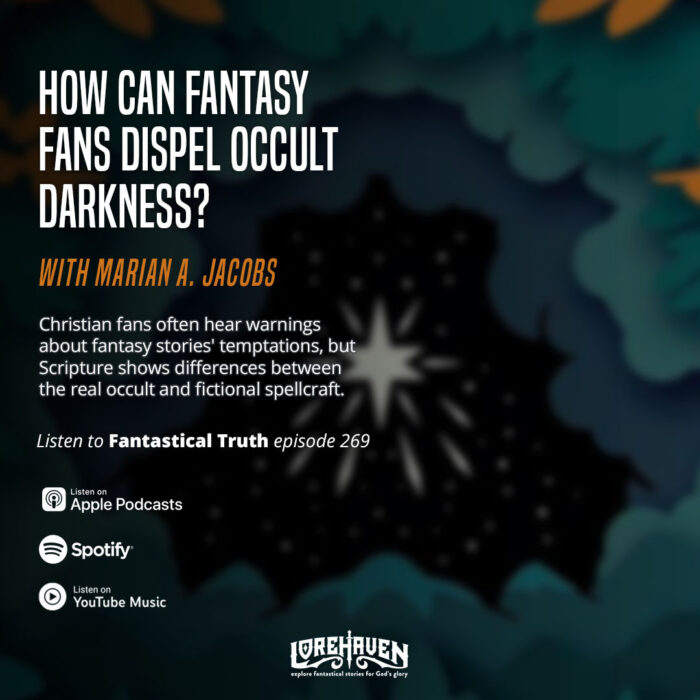
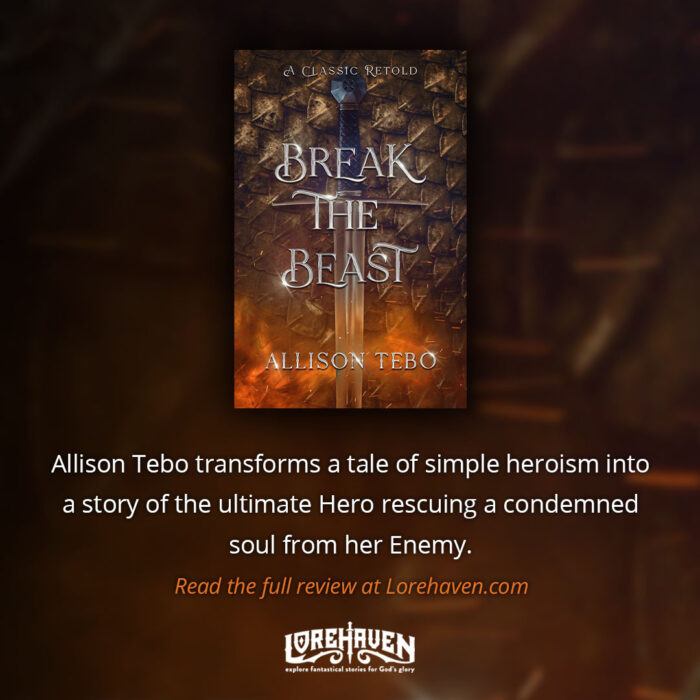
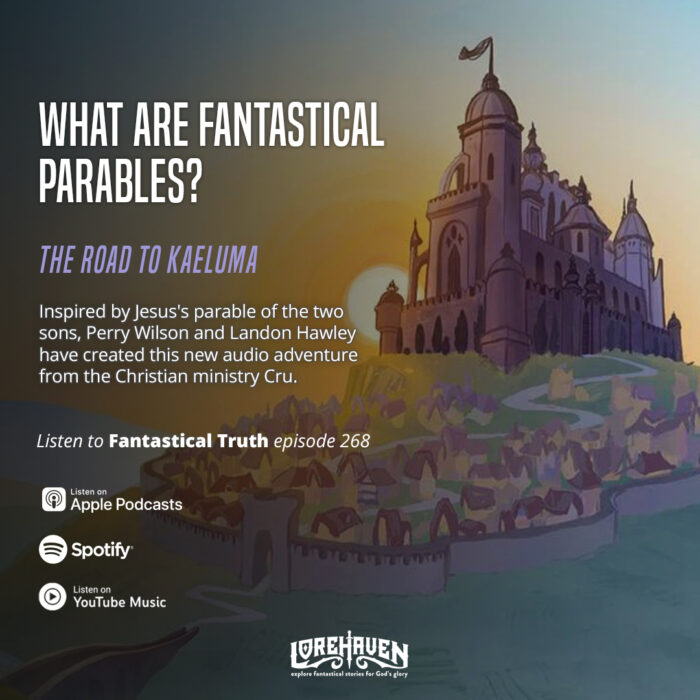
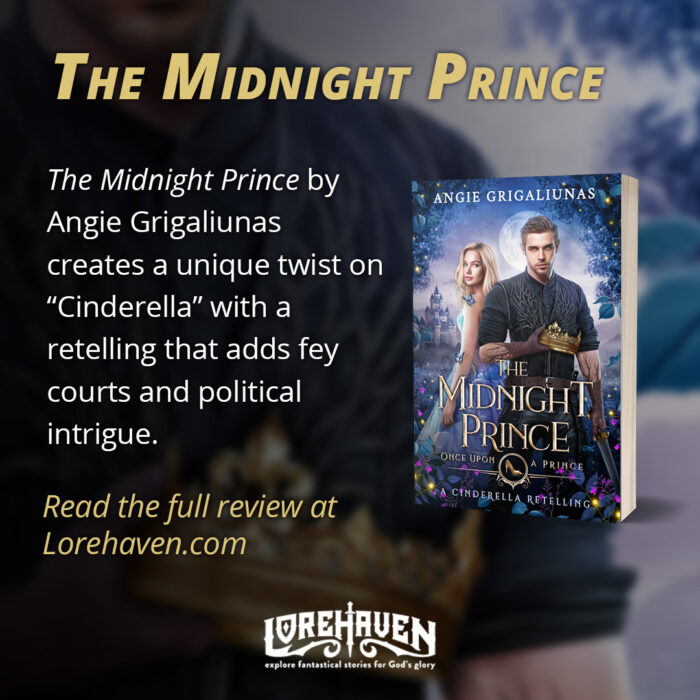
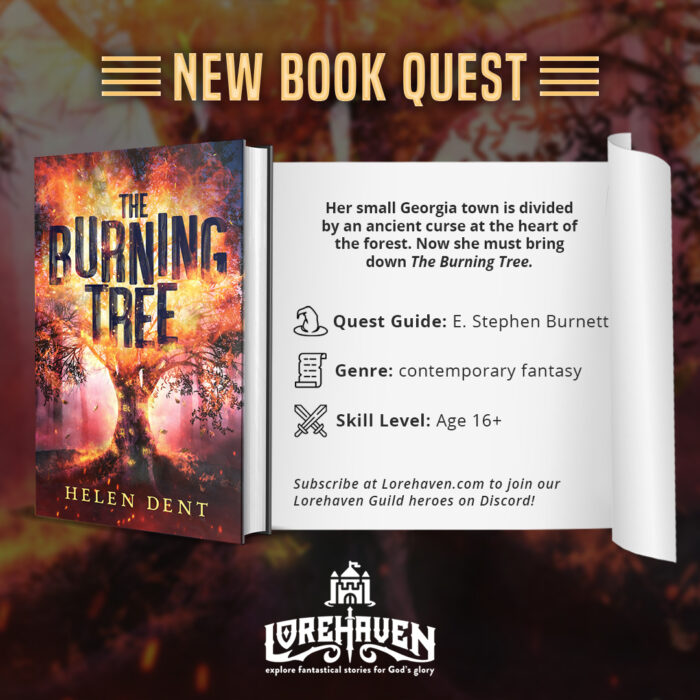
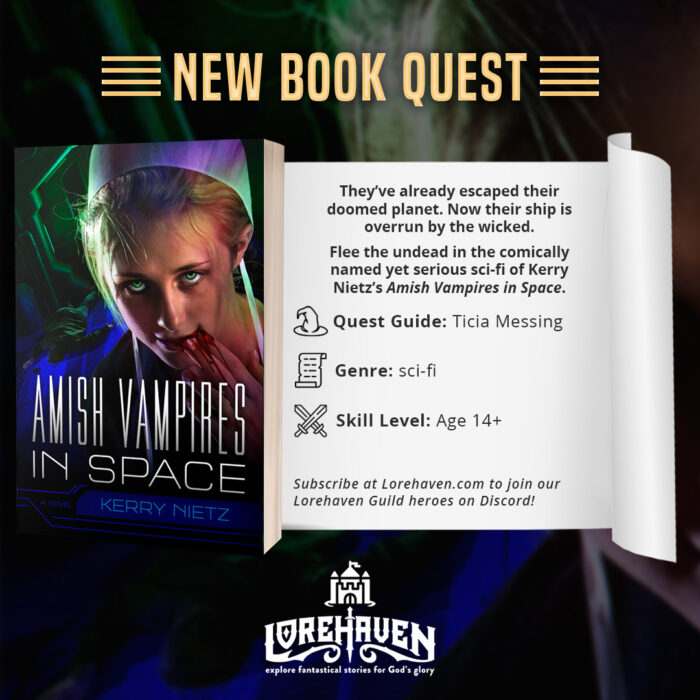




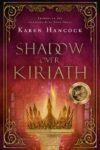

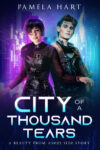


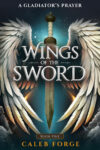
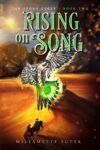


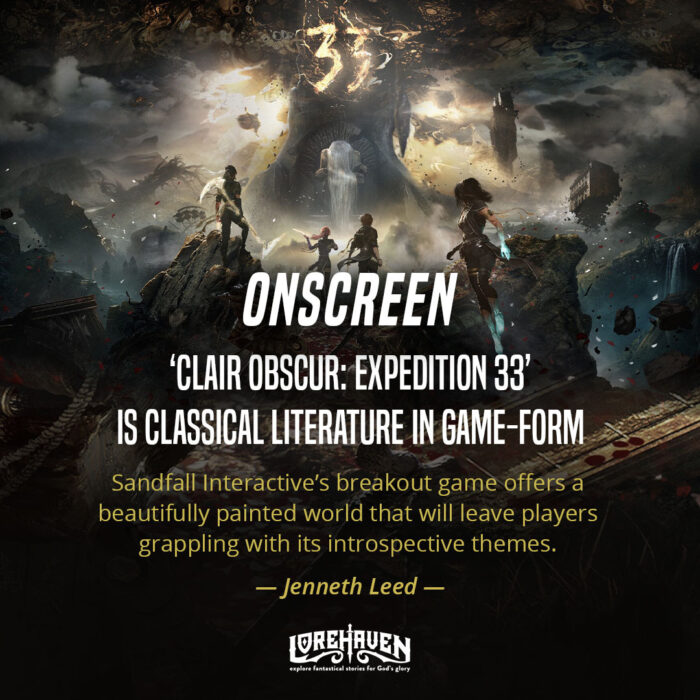

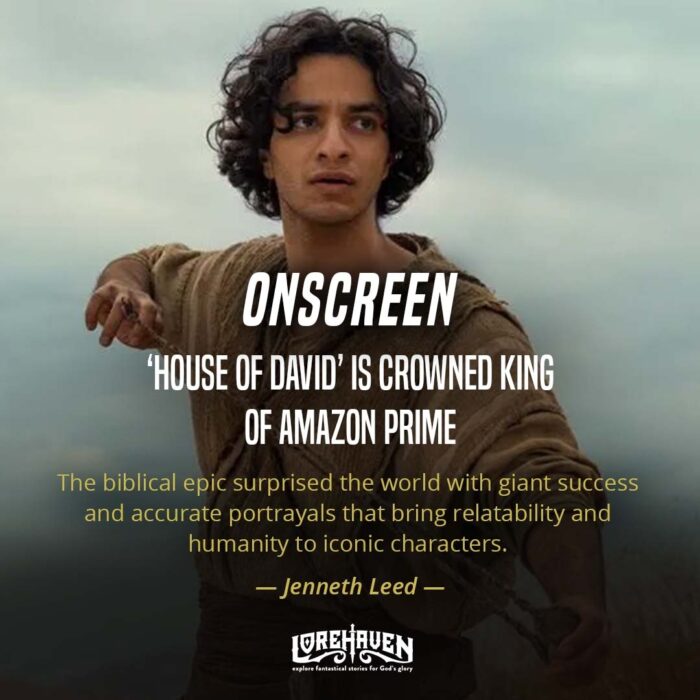
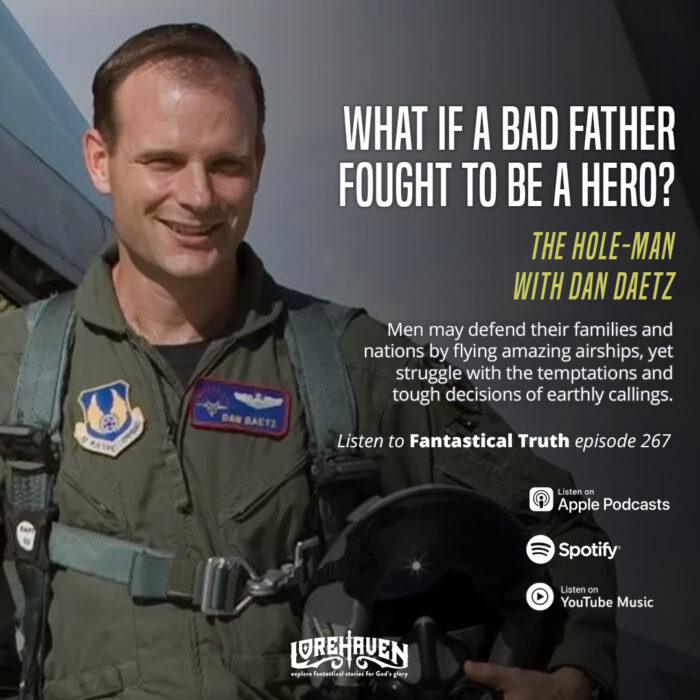
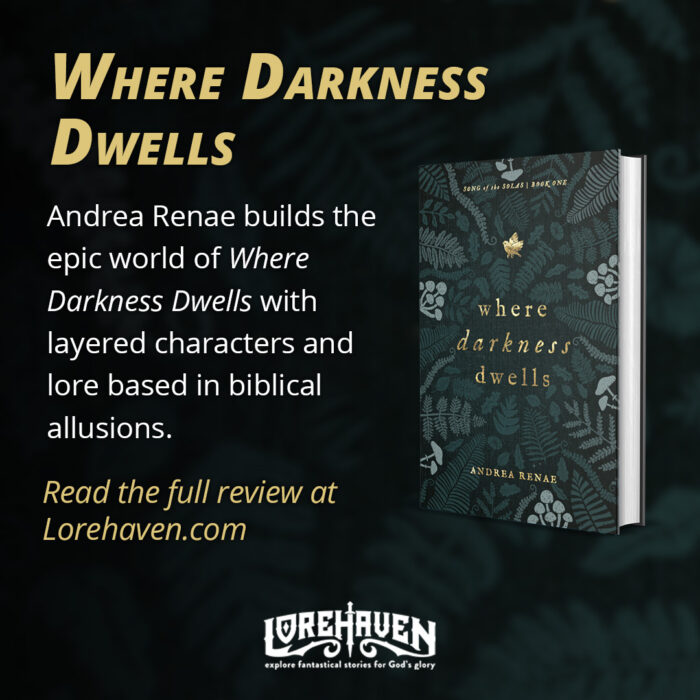
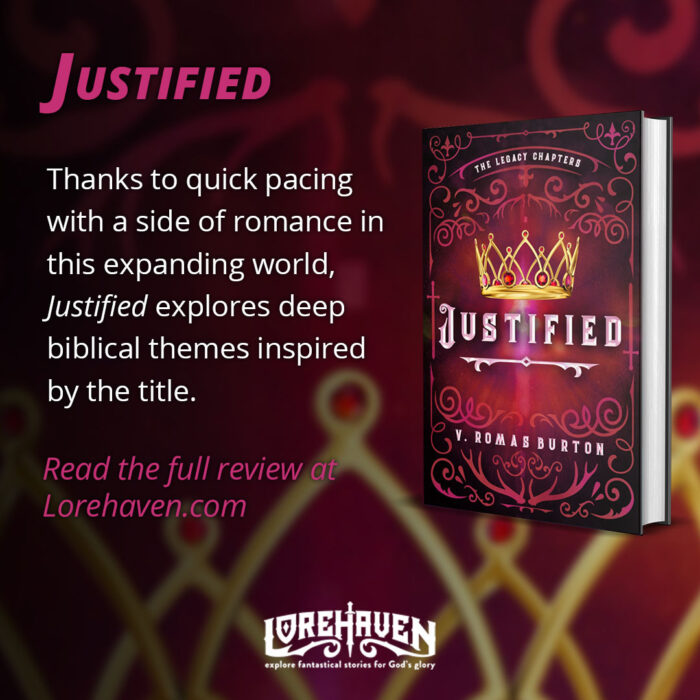
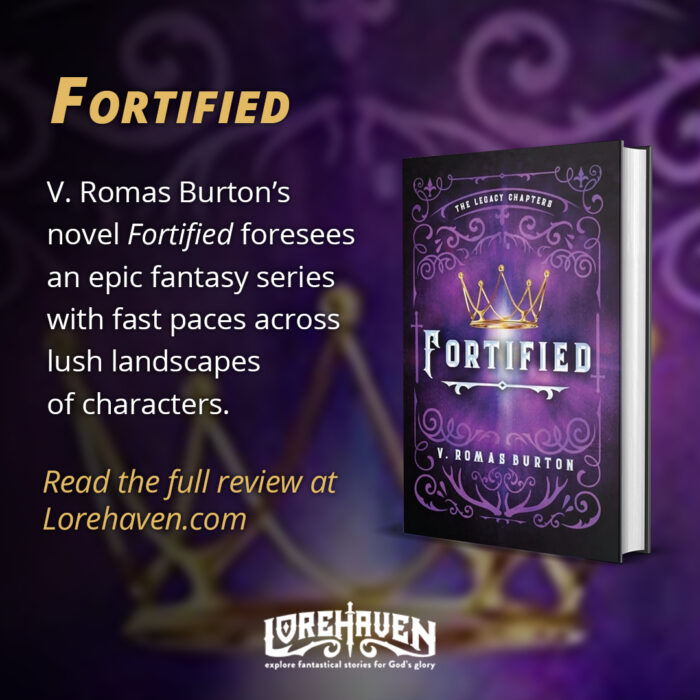
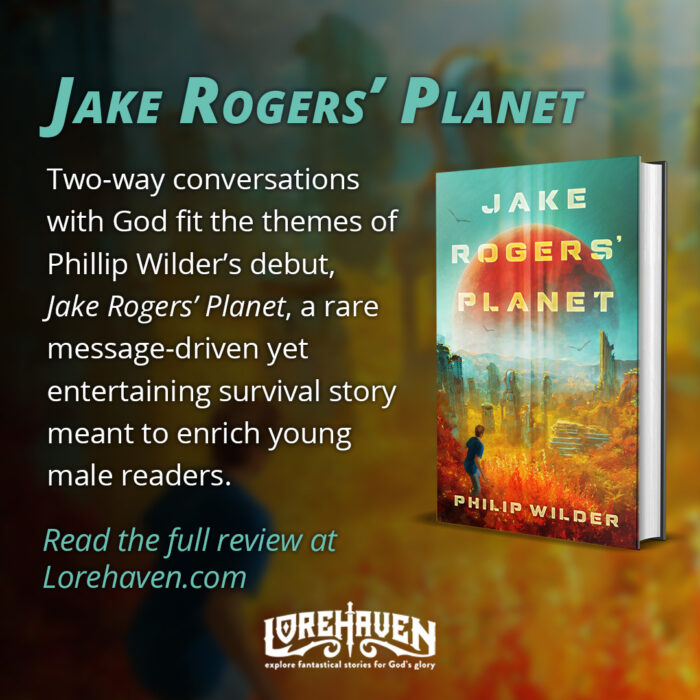
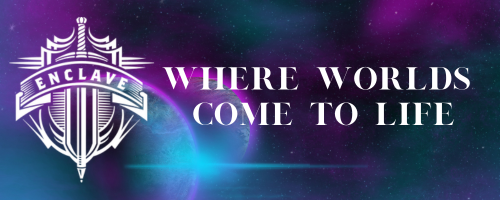
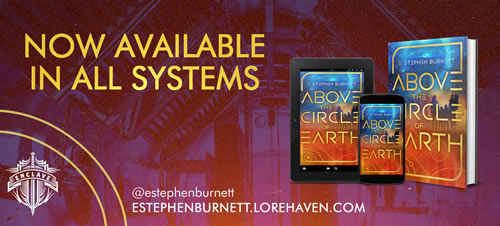



I liked that! I’m not a big Star Wars fan, but I know enough. With the different planets and people mixing together, it can be an easy way for characters to cause drama and tension by their beliefs. Thank you for the article.